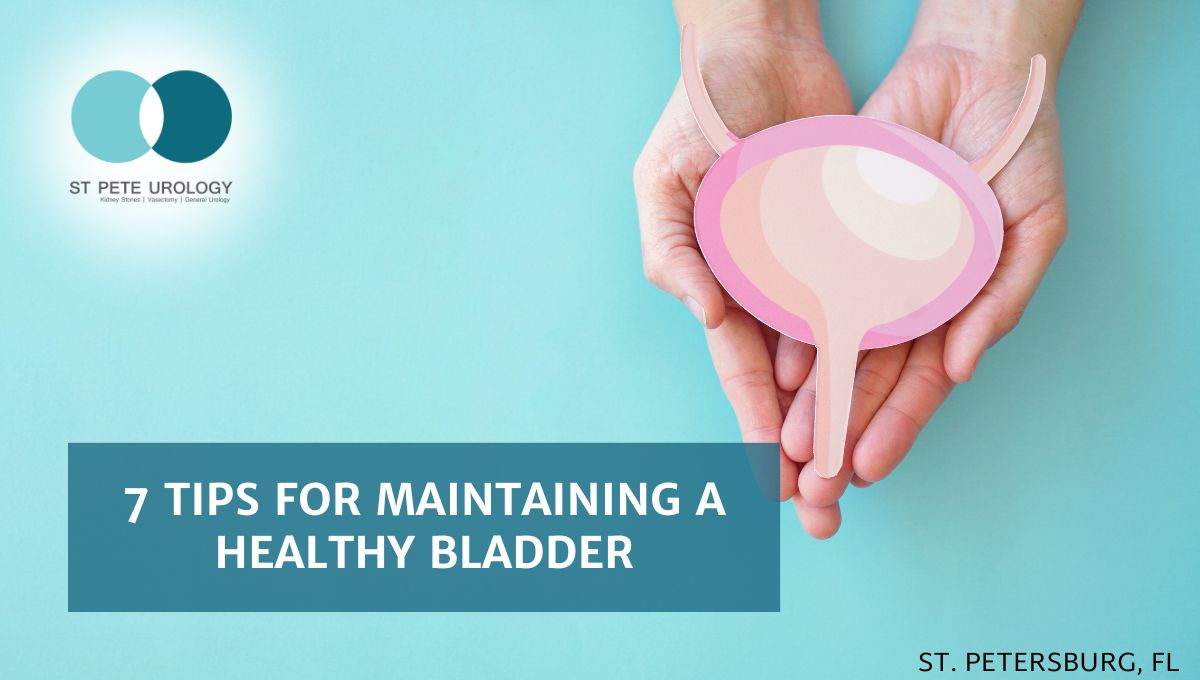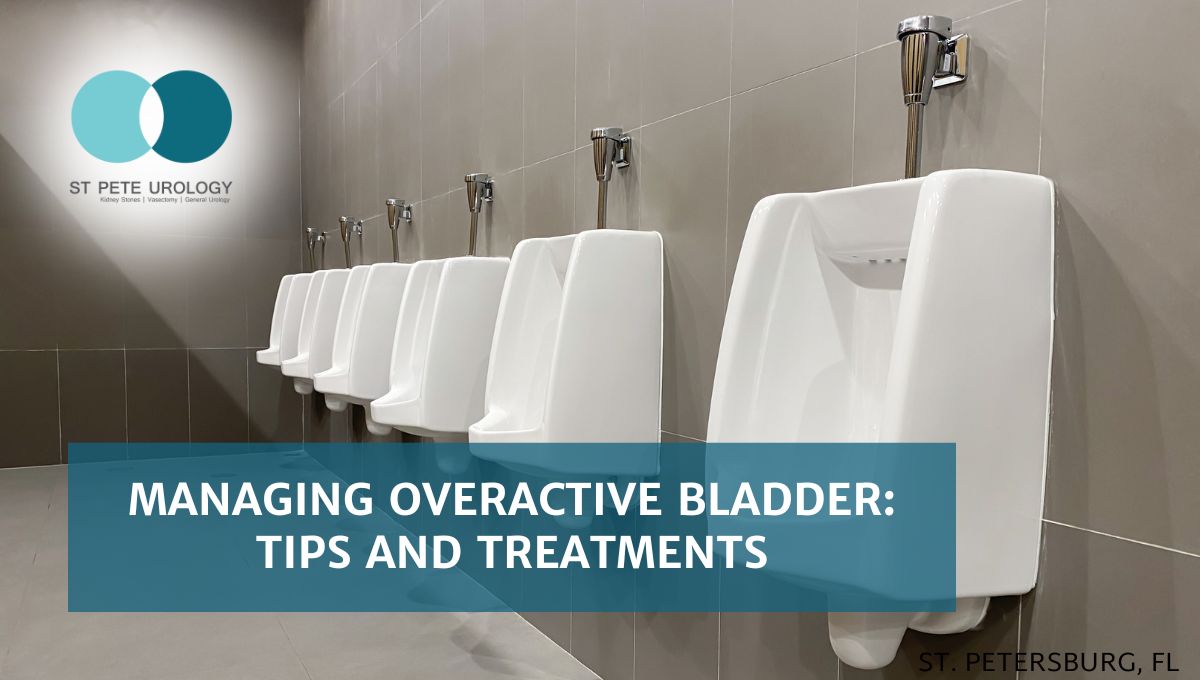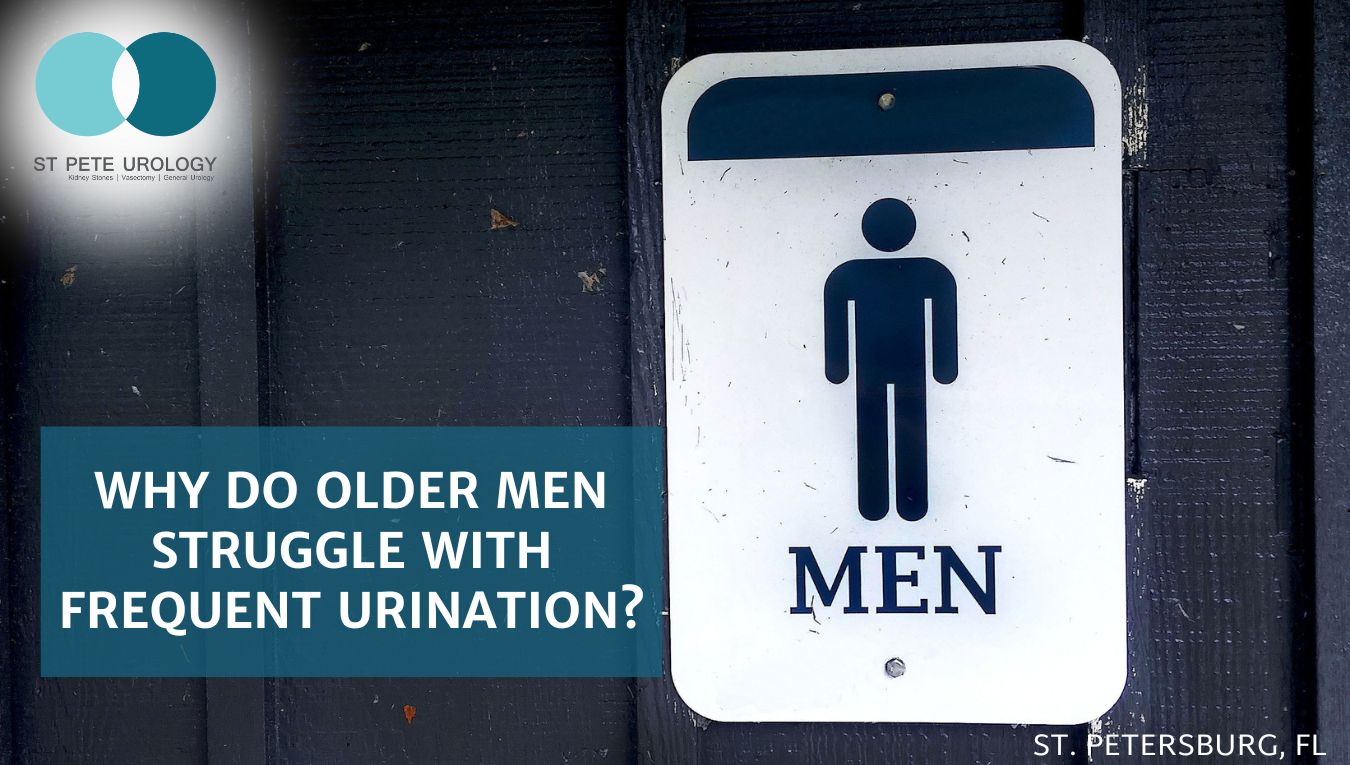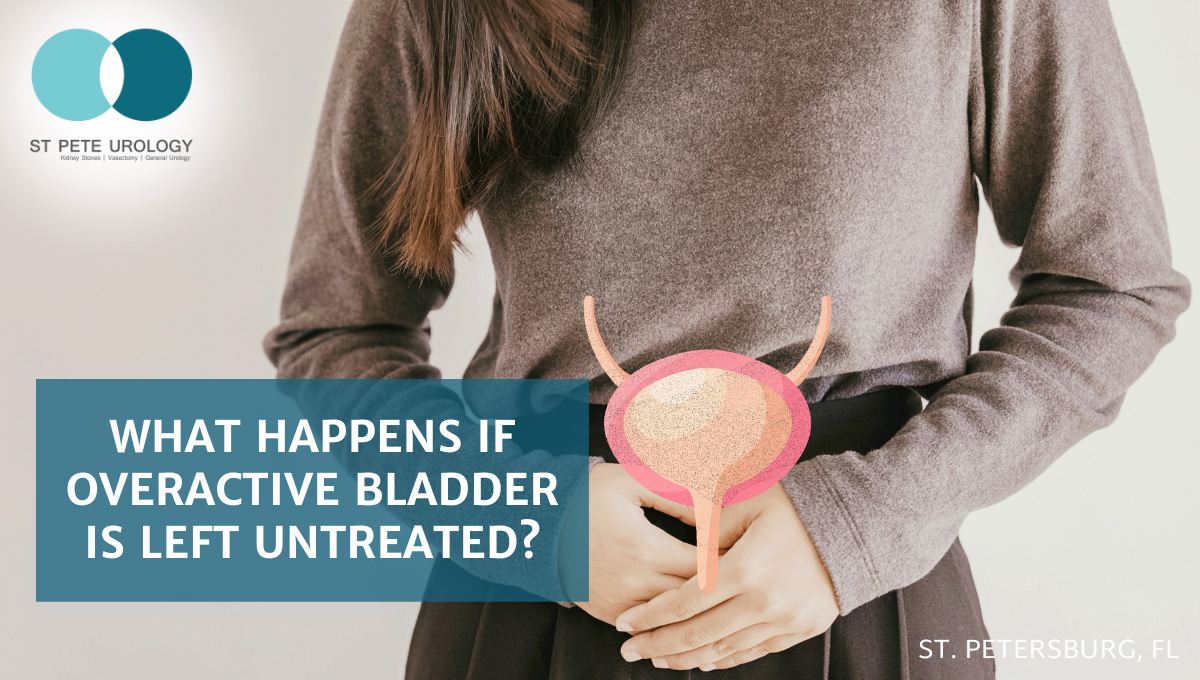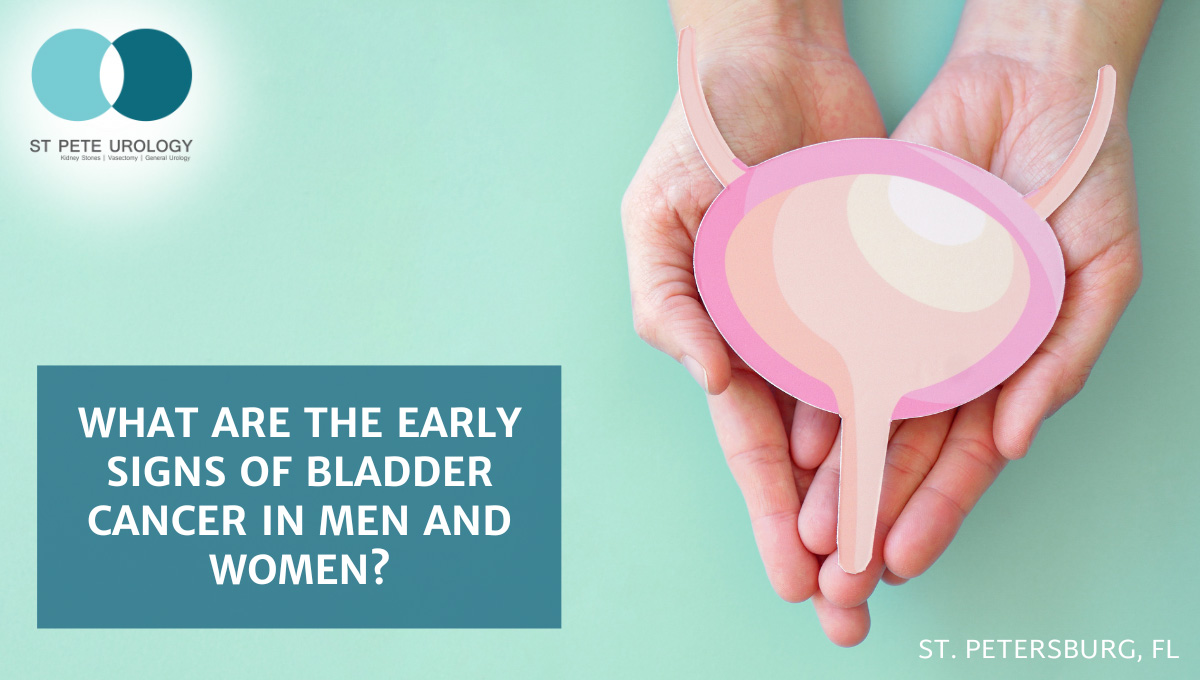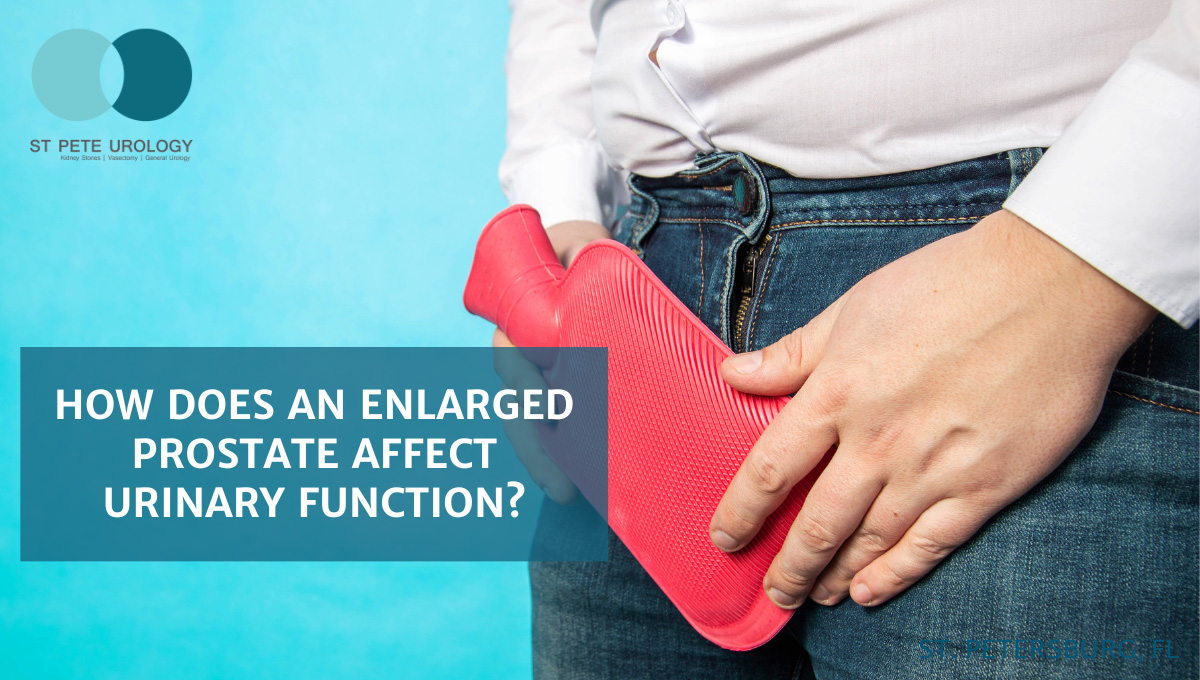Discover the warning signs of bladder problems and learn effective treatment options. Expert urological care from St. Pete Urology’s board-certified urologists in Florida.
Continue reading7 Tips for Maintaining a Healthy Bladder
Discover 7 expert healthy bladder tips from St. Pete Urology’s board-certified urologists. Learn proper hydration, diet, and habits to maintain optimal bladder health.
Continue readingCoping with Bladder Pain Syndrome: Tips and Therapies
Find effective bladder pain syndrome treatment options, from at-home coping tips to advanced therapies. Learn how to manage flares and improve your quality of life.
Continue readingManaging Overactive Bladder: Tips and Treatments
Discover effective overactive bladder treatment options. Learn practical tips and strategies to manage symptoms and regain control of your daily life.
Continue readingWhat Is Overactive Bladder and Who Is at Risk?
Learn what is overactive bladder, its symptoms, who’s at risk, and when to seek care in St. Petersburg. Regain control—contact our urology experts.
Continue readingWhy Do Older Men Struggle with Frequent Urination?
Discover why frequent urination in older men occurs, its impact on daily life, and effective treatment options to improve quality of life.
Continue readingWhat Happens If Overactive Bladder Is Left Untreated?
Left untreated, overactive bladder can wreak havoc on daily life. Interrupted sleep, stress and anxiety are some of the effects of OAB.
Continue readingWhat Are the Early Signs of Bladder Cancer in Men and Women?
Recognizing early signs of bladder cancer is crucial. Learn symptoms, risk factors, and the importance of early diagnosis for better health.
Continue readingHow Does an Enlarged Prostate Affect Urinary Function?
How does an enlarged prostate affect urinary function? Getting UTI, bladder stones or kidney damage are just some possible symptoms.
Continue readingUnderstanding Regular Bladder and Bowel Function
Knowing the difference bladder and bowel function and dysfunction is important when understanding when to call a urologist.
Continue reading

